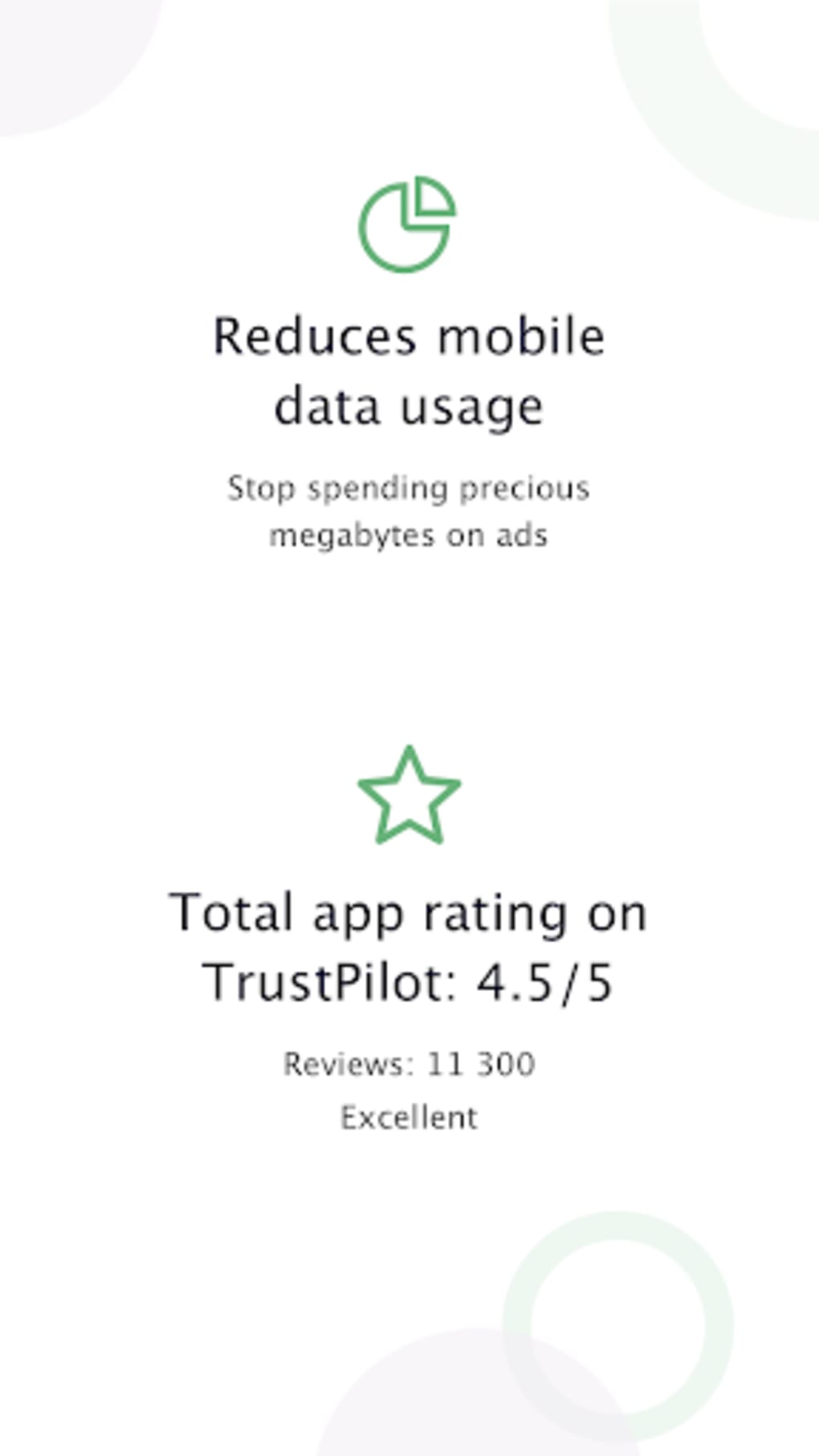


With time, more and more browsers with built-in ad blocking feature started to appear, but this is a whole different story, and I'll cover it in the next part of this article. Google had adopted a new policy for apps added to Play Store, which practically turned all ad blockers into 'outlaws'.įor the same reason, the very first version of Adguard for Android was kicked out of Play Store in the November 2014, only 5 days after its official release. For a long time, the use of ad blockers was limited exclusively to rooted devices.Īround this time happened the mass exile of ad blockers from Google Play.
Adguard for android 2017 plus#
This de-facto killed Adblock Plus for Android. In 2013 Android KitKat got released, and along with it the prohibition to change proxy settings without ROOT access. In the next few years ad blocking on Android suffered several heavy punches: Today, the former is almost abandoned, the latter is still being developed but rather sluggishly - it has very little room for development, and I will explain why. At first, they were Adblock Plus for Android and Adaway. The history of ad blocking on Androidįirst ad blockers for Android emerged around 2011. With its help, you are able to take under your control all apps on your device, allow or forbid the network access - as a whole, to a specific server or even a specific file! But let's not rush things and start from the beginning. Adguard - not just an ad blocker, but a full-featured firewall. Adguard is the most advanced way to get rid of ads and tracking on Android, no matter if you have your device rooted or not. Why do we feel there's a need to write an article like this? On forums and in users' messages we often see a widespread belief that Adguard for Android is just a tool to block ads on devices that don't have ROOT access.


 0 kommentar(er)
0 kommentar(er)
